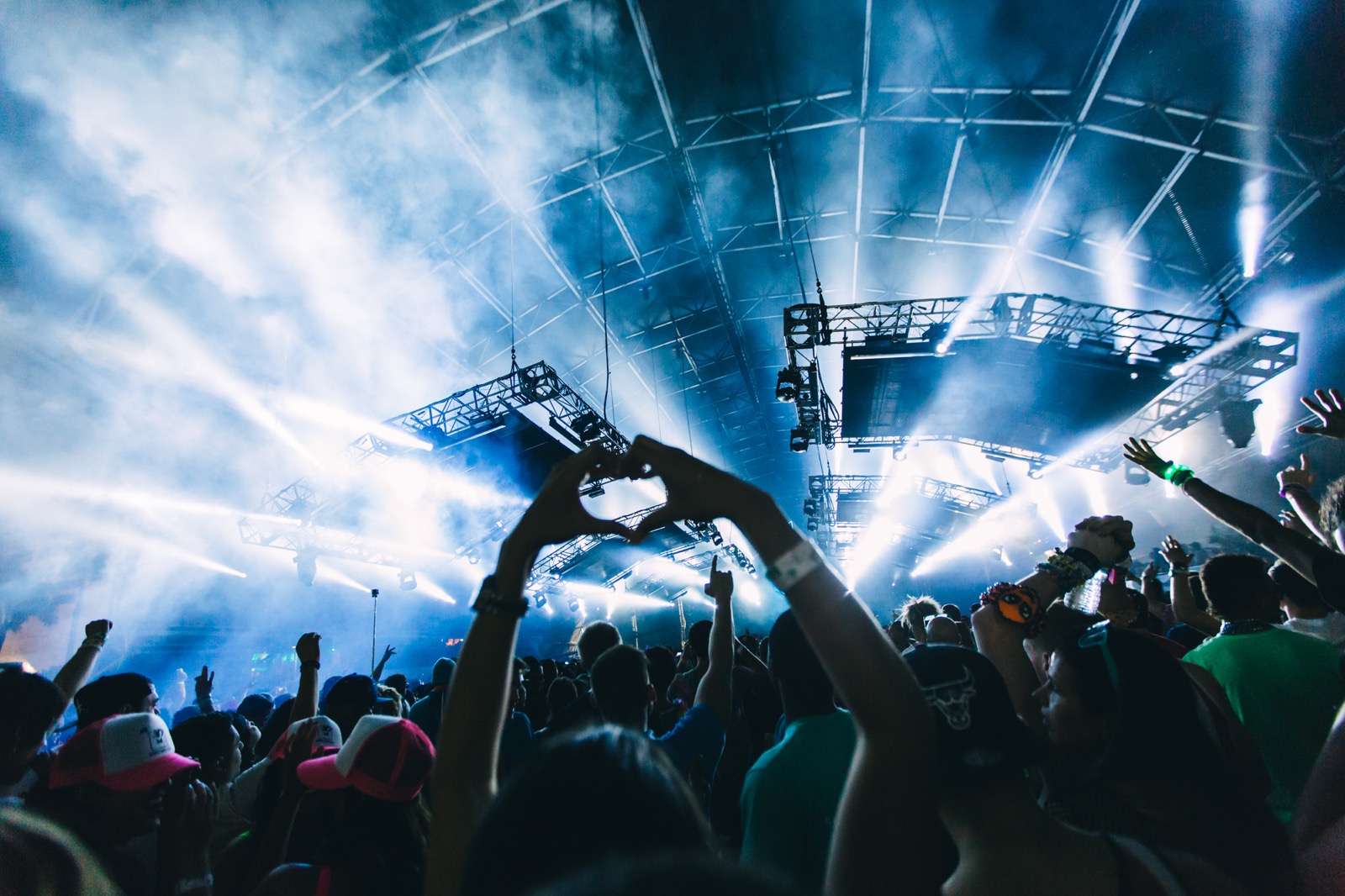|
Getting your Trinity Audio player ready...
|
Music has always been a bridge between the tangible and the ethereal. A medium that transcends words, conveying emotions in ways unimagined. Within this vast shade, Electronic Dance Music (EDM) emerged as not just a genre, but a movement. Lately, however, I find myself grappling with a disconcerting thought: Is mainstream EDM drifting away from its soulful moorings?
To truly grasp my concerns, we must journey back to EDM’s roots. Picture dimly lit basements and discreet warehouse parties, where the only criteria for entry was an appreciation for the beat. This was an environment that fostered raw experimentation. It was about the synthesis of rhythm and emotion, devoid of commercial constraints. The memories of my initial encounters with this world are etched in my soul—moments of pure, unbridled connection with the sound and those around me.

There’s no denying the allure of dance music, and as with all beautiful things, the world took notice. Suddenly, the underground tracks that were exchanged like secret handshakes found themselves on mainstream platforms, earning platinum status. While it’s heartening to see EDM artists enjoying the limelight, there’s a part of me that mourns the loss of the genre’s initial intimacy.
The Trap of Commercial Success
With mainstream recognition comes a very specific kind of challenge: the pressure to produce not for love, but for numbers. This drive for commercial success has led to a surge of tracks that, while catchy, lack the depth and innovation the genre was once synonymous with. It sometimes feels like we’re hearing variations of the same tune, with labels playing it safe rather than pushing boundaries.
Added to this is the influx of celebrity collaborations. While collaboration is the cornerstone of creativity, some partnerships in the EDM space feel less organic and more like strategic business moves.
EDM festivals were once the Mecca for true aficionados. A place where music was the religion and the DJ, the high priest. The evolution of festival culture, while expanding its reach, has also brought in a wave of attendees more attracted to the ‘scene’ than the sounds. The energy has shifted from collective euphoria to a more individualistic showcase, with social media feeds flooded more with selfies than moments of musical transcendence.
Is There a Silver Lining? Despite the commercial tinge that seems to overshadow contemporary EDM, all is not lost. The beauty of music, and especially a genre as diverse as EDM, is its resilience and capacity for rebirth. There are countless artists, under the mainstream radar, producing tracks that are true to the spirit of EDM. Platforms like SoundCloud, Bandcamp, and even certain Spotify playlists are teeming with these gems.
Moreover, there are festivals and venues still dedicated to the sanctity of the dance music experience, curating events that prioritize sound over spectacle. It’s crucial for us, as true lovers of the genre, to support these endeavors, ensuring that the soul of EDM remains alive and pulsating.
The transformation of dance music from an underground marvel to a global phenomenon is a double-edged sword. While it’s brought joy to countless new listeners, it’s also veered somewhat from its origins. But, in the end, the essence of dance music isn’t confined to the mainstream or the underground; it exists in the beats, the drops, and the moments of shared ecstasy. As long as there are passionate artists and discerning listeners, the soul of EDM will endure.






































